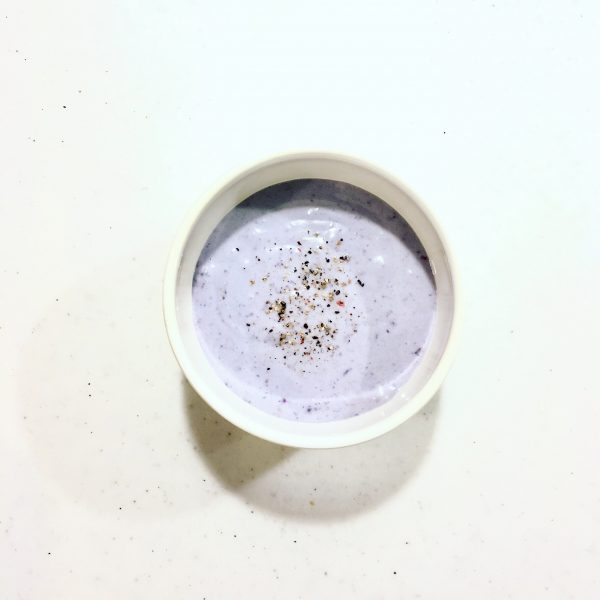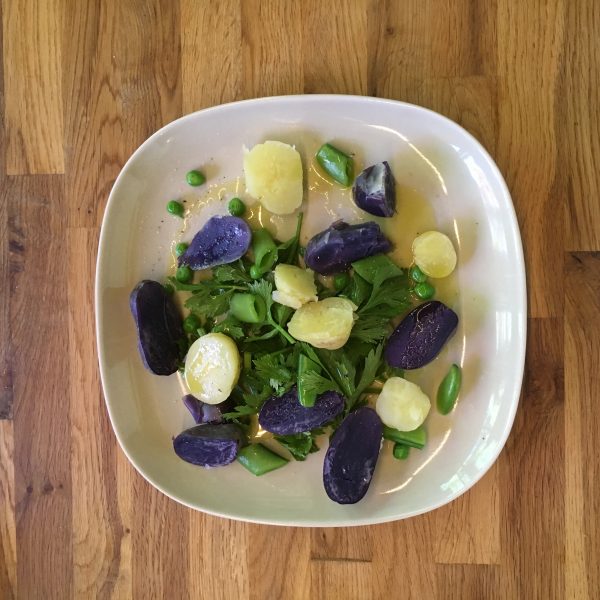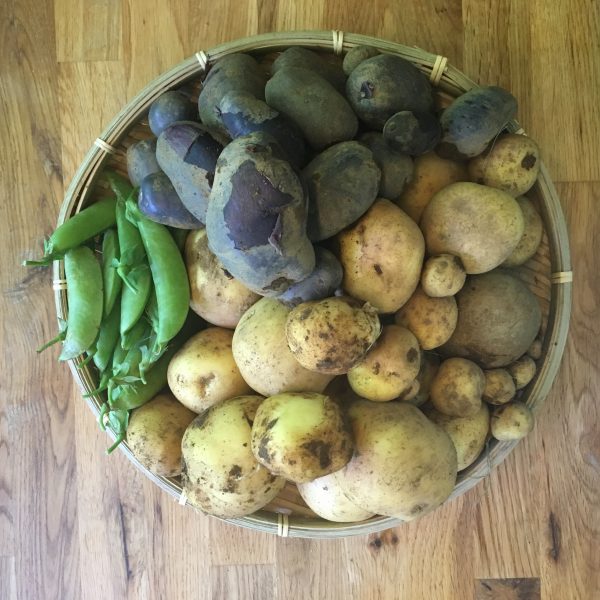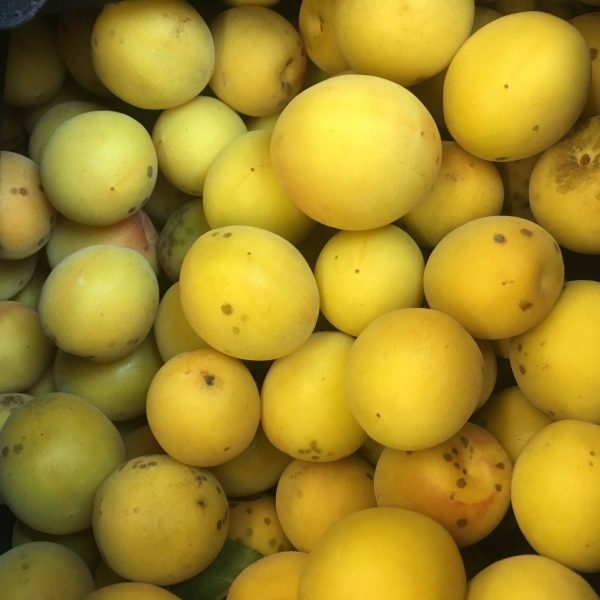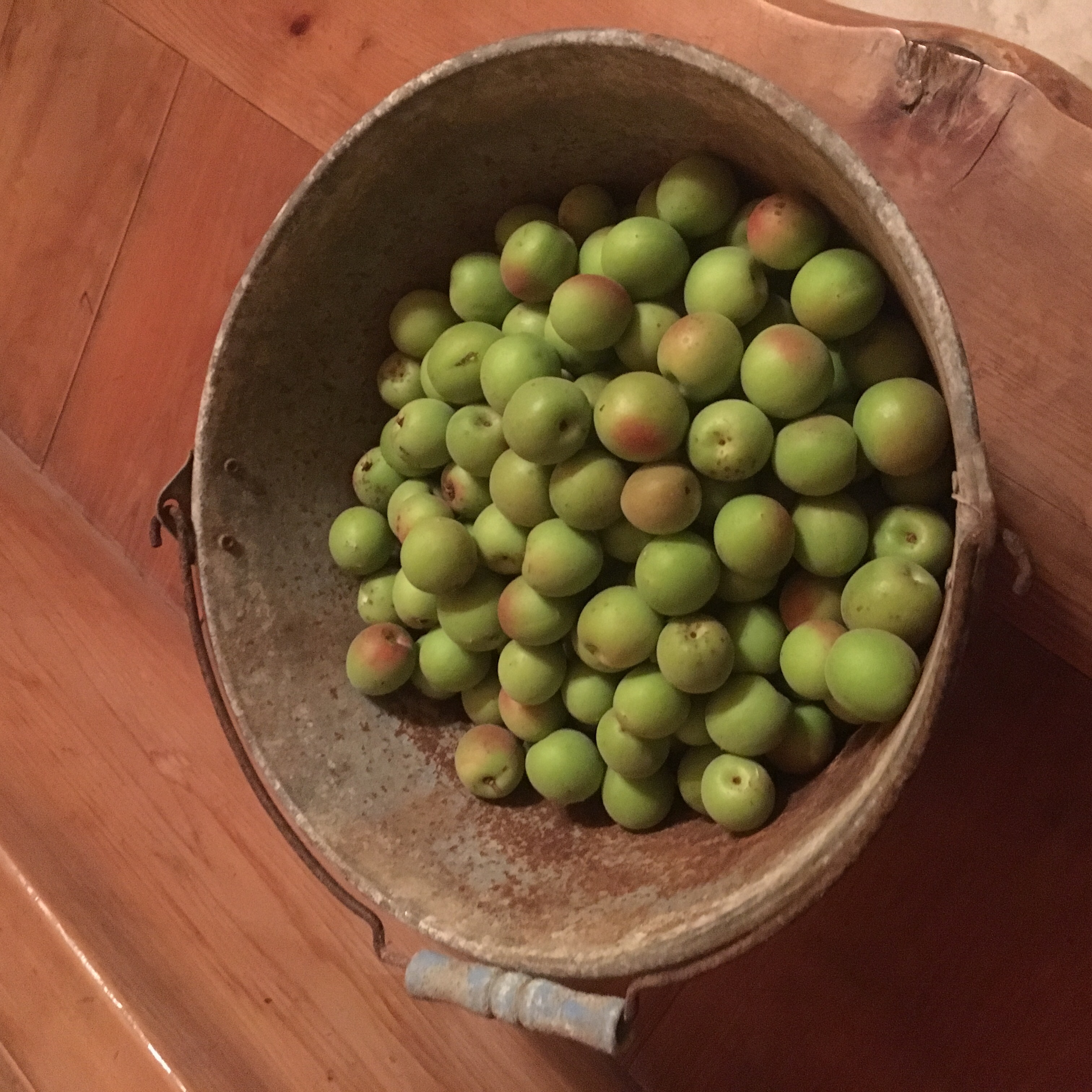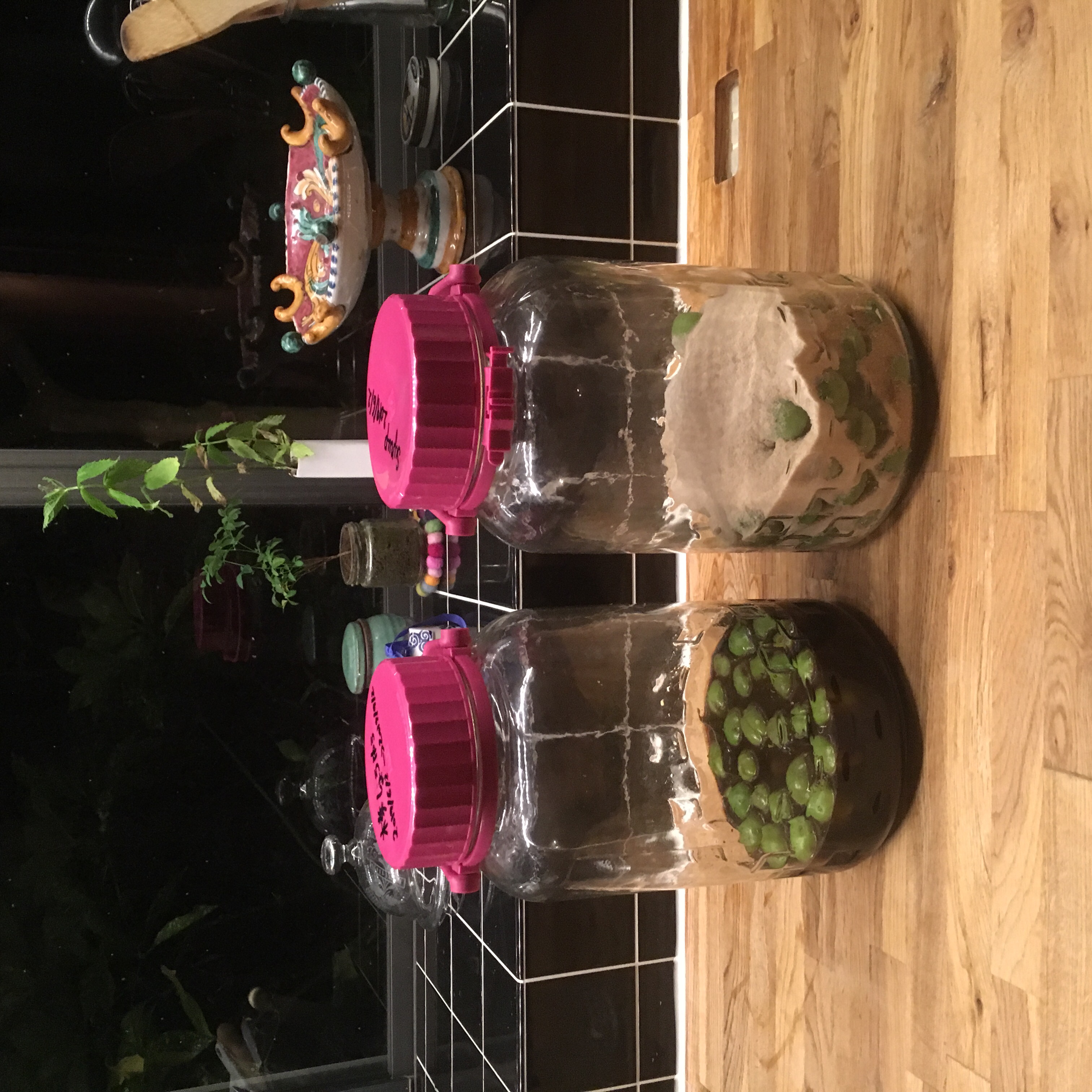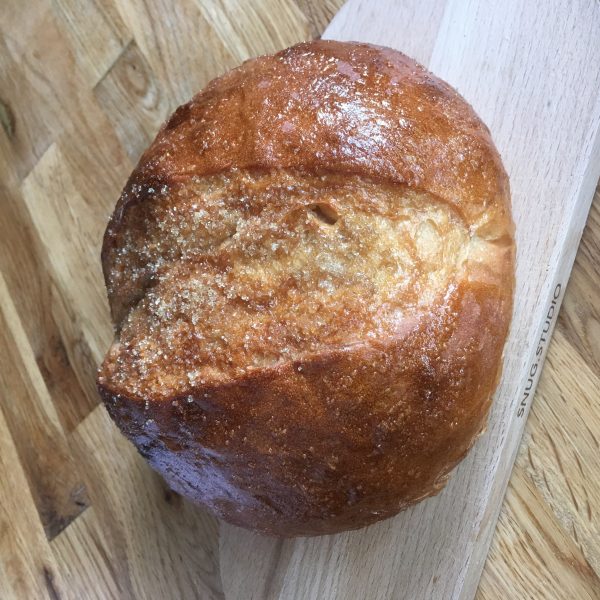That is not much of a recipe I reckon!!! Who needs a cook book to make sautéed new potatoes honestly??? But in the meantime, as I cook to enjoy the ingredients I have around me and to sustain our bodies, not just to make pictures on instagram, I believed it was cheating not to mention sautéed new potatoes as they are one of my favorite ways of eating new potatoes, even though I prefer them tiny tiny, but I failed in growing my potatoes properly for that.
To twist them just a bit I added green sweet pepper or shishito -シシトウ in Japanese. And because I didn’t have much, I served them with scrambled eggs. It could be breakfast, lunch or dinner, you have the choice!
Tonight we have guests at home so I not sure I’ll have a new recipe for you, but I’ll for sure serve some of my kitchen garden potatoes!!!
Have a good day!

